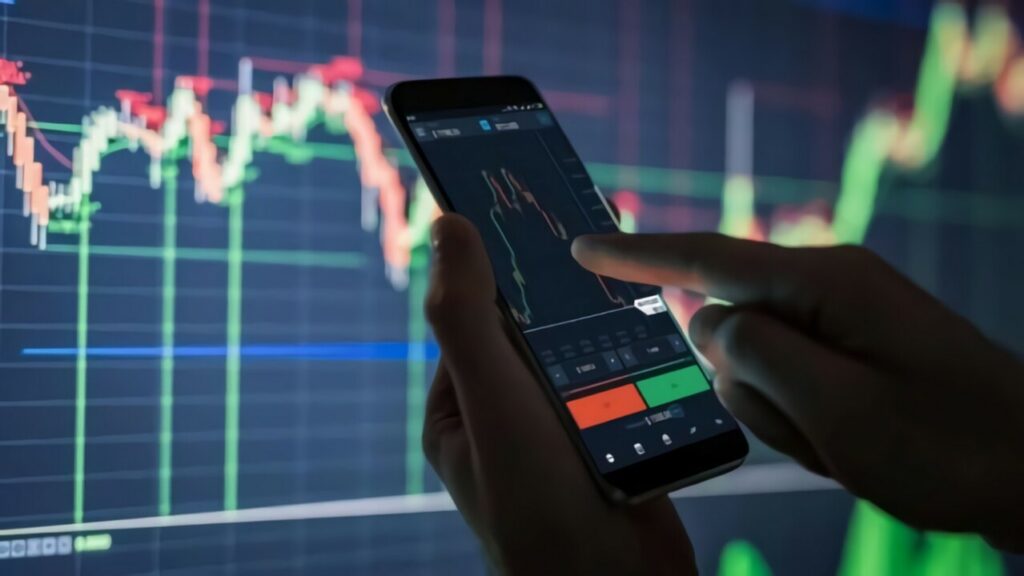
When it comes to any type of investment, there can never be any guarantees. And there will always be an element of risk. These facts shouldn’t necessarily put anybody off investing, but they do help explain why it’s usually wise to have a diversified portfolio.
Diversification in investing can take many forms. But it can be summed up as ‘not putting all your eggs in one basket’. One way to do this in futures markets is through taking a mixture of long and short positions.
What are futures markets?

Futures markets are based on futures contracts agreed by buyers and sellers that determine a set future price and date for trading a commodity or security. When the contract expires, both parties are obligated to complete the transaction.
The buyer must buy, and the seller must provide the commodity as per the terms of the contract. The contracts are designed to allow traders to hedge their investments, with both parties hoping to beat the market and turn a profit.
Buyers hope the price of the asset will rise, meaning when they take ownership, it will be worth more than they paid. Sellers want to see the price fall so they make money when the sale completes. Of course, this requires knowledge of the markets and statistical information which can be analysed to help make informed investment decisions. Traders typically monitor the SP 500 Futures markets to help them determine which commodities to invest in.
What is a long position in futures markets?

The buyer has what is known as the long position and is committed to paying the agreed price for the asset when the contract expires. A long position comes with unlimited profit potential, but also unlimited risk.
As long as the price of the asset continues to rise, the investor’s profit keeps going up. Likewise, there is no floor price for a commodity so it is possible to make a promise to buy an asset that will have no value when the sale completes.
What is a short position in futures markets?
The seller has the short position but generally doesn’t actually own the asset. Instead, they usually ‘borrow’ the commodity from a brokerage through a margin account. Think of this as a credit account specifically for trading.
Investors who borrow must retain a minimum amount of equity in their account. So, if their assets decrease in price, they may be required to pay a ‘margin call’ to protect the brokerage.
How to diversify in futures markets

One way to diversify in the futures market is to have a mixture of long and short positions. This can help protect against major events that affect global markets. Predominantly, though, it is a way of hedging investments according to how a trader thinks a particular commodity will perform.
But even the most experienced investors get it wrong from time to time, as proven in November 2022, when the crypto exchange FTX crashed.
So, while those with deep knowledge of trading markets may feel comfortable making these decisions alone. But for many traders, there is no substitute for speaking to an expert. But before approaching someone with knowledge of trading, newcomers should start by thinking carefully about how much they have to invest and their own attitude to risk.








